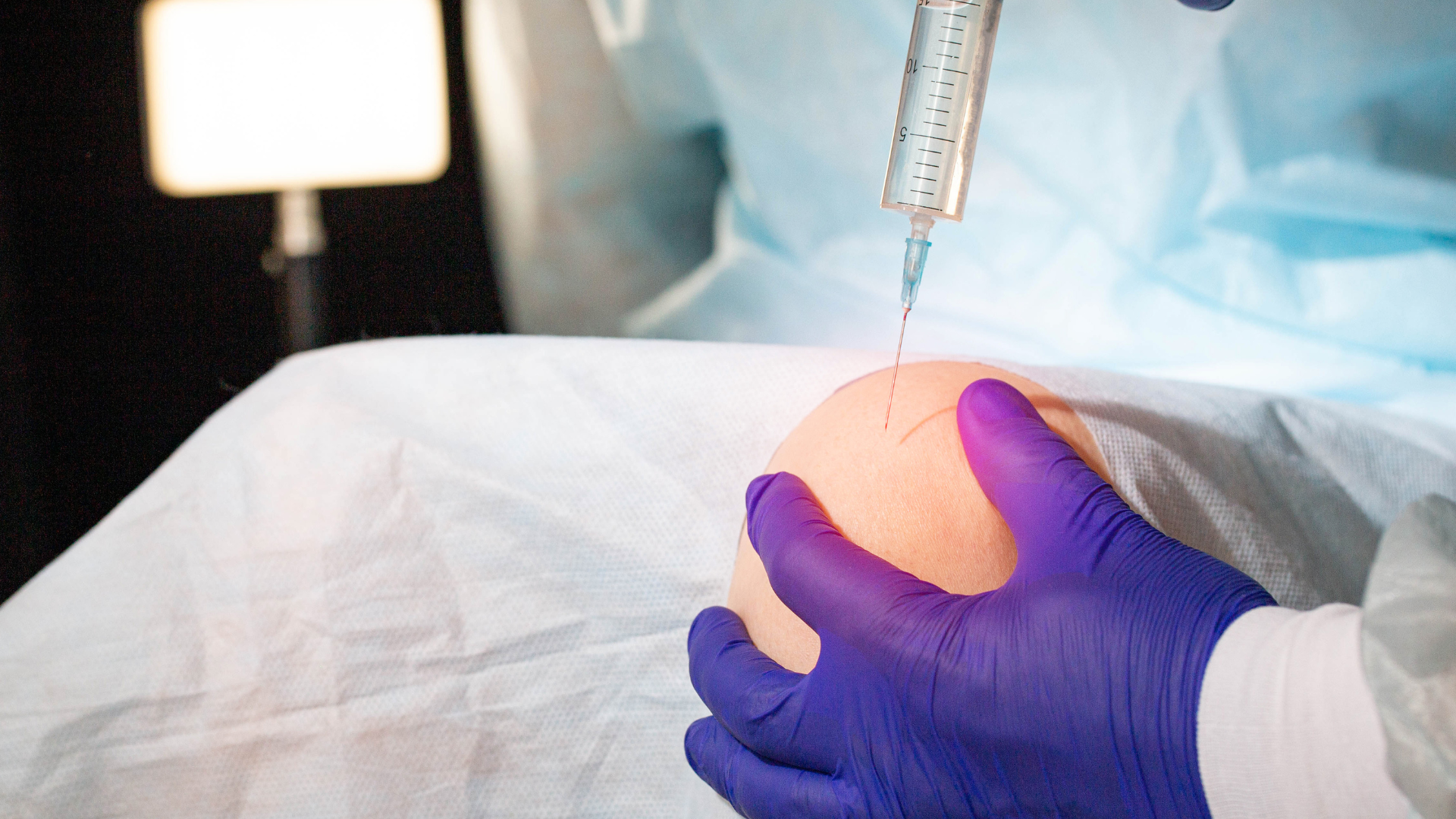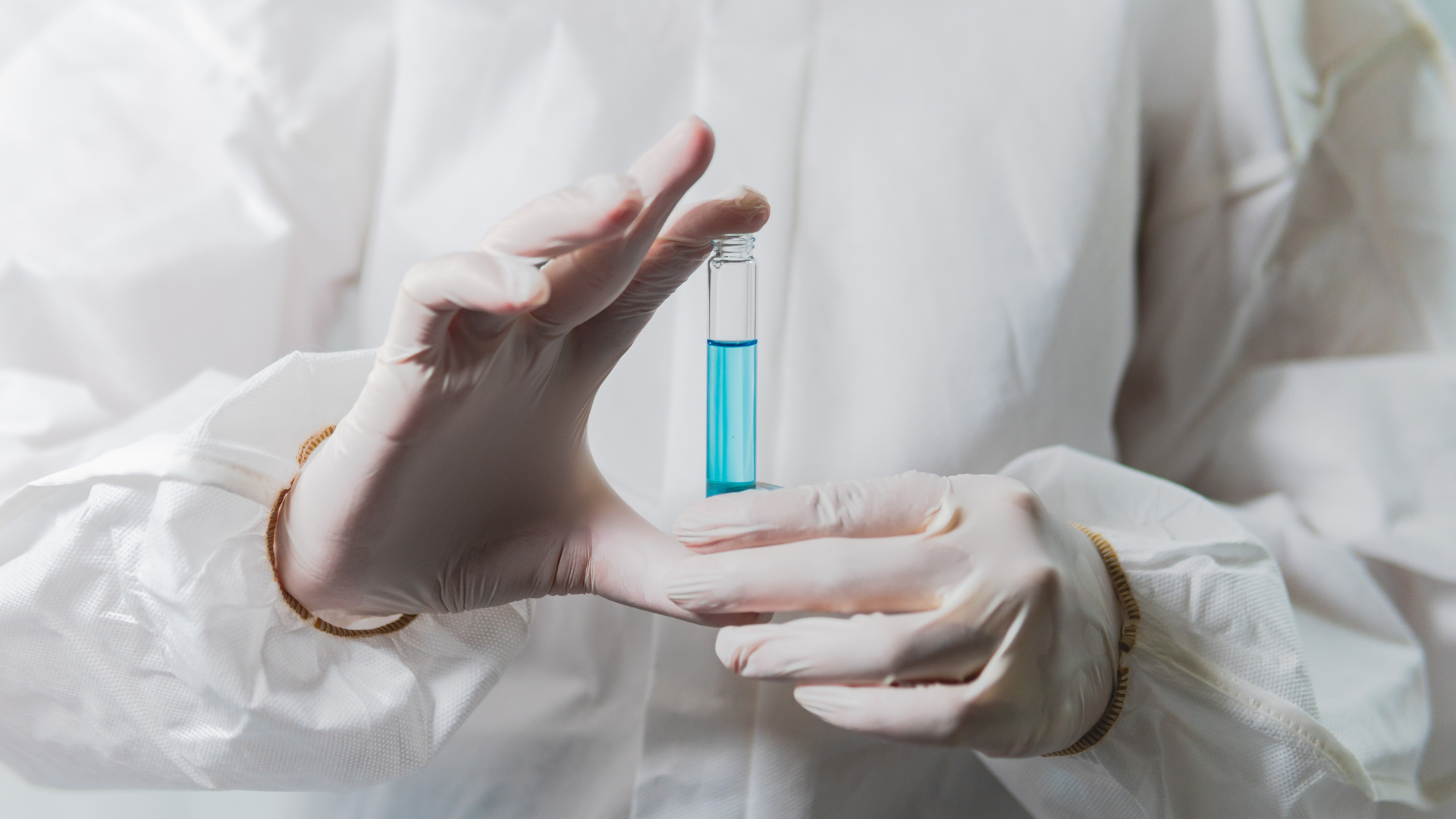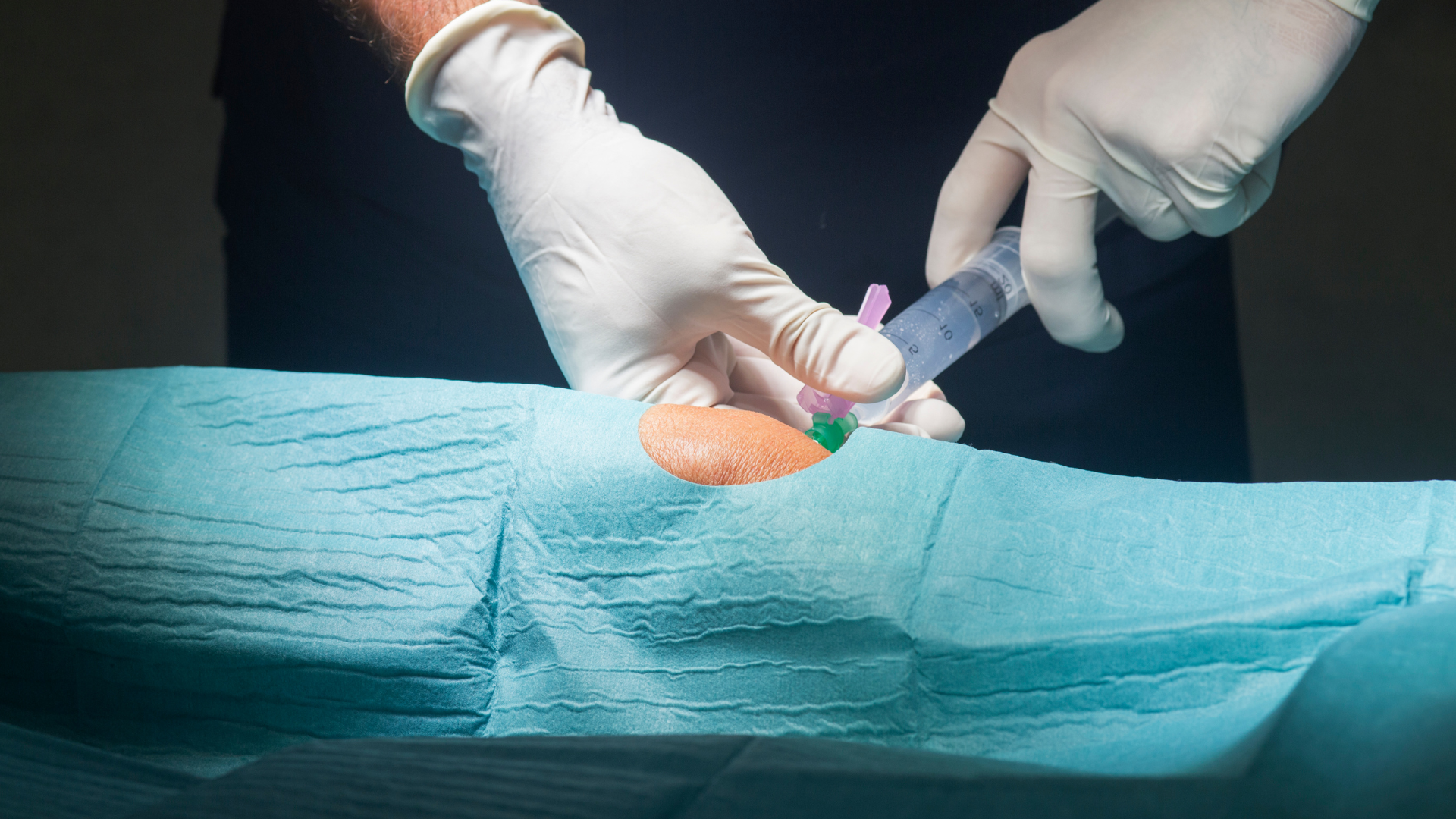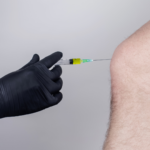
According to Bhandari et al. (2023), intra-articular hyaluronic acid (HA) injections targeting knee osteoarthritis pain are well-tolerated. These injections showed superior outcomes than placebo and other solutions, highlighting their effectiveness in addressing mild to moderate knee osteoarthritis.
Knee osteoarthritis (OA) is often characterized by joint pain, stiffness, and swelling. The rise of hyaluronic acid injections as a non-surgical solution for patients with knee OA. Products like Hyalgan and Supartz have shown significant improvements in relieving pain, improving joint function, and enhancing patients’ quality of life after their injection treatment.
In this article, we will compare Hyalgan and Supartz as hyaluronic acid injections for knee OA, including their formulations, effectiveness, and safety profiles.
Key Takeaways
- While severe OA cases may require surgical procedures, early to moderate cases may have non-surgical options for treatment, like Hyalgan and Supartz.
- While Hyalgan and Supartz derived their HA substance from rooster or chicken combs and contain sodium hyaluronate, they differ in their formulation’s molecular weights.
- Hyalgan and Supartz allow lubrication and cushioning of the joints, making movement easier and improving the quality of life of the individuals treated.
- Both treatments require injections to achieve optimal results and lasting symptomatic relief. However, they differ from the volume of each injection given.
- Hyalgan and Supartz share similar contraindications that medical professionals should remember to avoid further patient complications.
Introduction to Hyalgan and Supartz
Knee osteoarthritis (OA) is a degenerative joint disease characterized by joint pain, swelling, and stiffness. Millions worldwide have suffered from OA, affecting their ability to move freely and pain-free. Osteoarthritis commonly occurs in the knees, shoulders, hips, and hands.
While severe OA cases may require surgical procedures, early to moderate cases may have non-surgical options for treatment. First-line treatments such as oral medications, nonsteroidal anti-inflammatory drugs (NSAIDs), physical therapy, etc. may be helpful for some individuals.
When these solutions do not provide adequate relief, medical professionals may recommend intra-articular hyaluronic acid (HA) injections to treat the symptoms of this joint disease. Although brand names for intra-articular hyaluronic acid injections have snowballed, Hyalgan and Supartz are among individuals’ top choices for treating knee osteoarthritis.
Intra-articular HA injections restore the lost hyaluronic acid in the joints, allowing pain-free movement and improving function and mobility. Additionally, comparing Hyalgan and Supartz is essential for healthcare providers to understand the safety and efficacy of these therapies.
Differences in their formulation, composition, and dosing regimens allow medical professionals to determine if the treatment suits their patients’ needs, goals, conditions, and overall health. Although they may have similar goals in treating knee OA symptoms, various factors can still affect their treatments.
Formulation and Composition

A proper consultation with a medical professional can help find the most suitable treatment solution for each individual. Hyalgan and Supartz capitalize on hyaluronic acid’s (HA) potency in addressing knee osteoarthritis symptoms. These products incorporate HA derived from rooster or chicken combs.
So, what are Hyalgan injections made of? Hyalgan is a viscous solution containing a high molecular weight of purified natural sodium hyaluronate in buffered physiological sodium chloride. It extracted its high amount of HA in rooster combs and added several ingredients to stabilize the formulation.
On the other hand, Supartz offers a sterile, viscoelastic, non-pyrogenic solution of purified, high molecular weight sodium hyaluronate. Like Hyalgan, its HA came from chicken combs, which are known to have high amounts. Each mL of Supartz contains 10 mg of sodium hyaluronate dissolved in physiological saline.
While Hyalgan and Supartz derived their HA substance from rooster or chicken combs and contain sodium hyaluronate, their difference can affect the therapeutic outcome. Both products follow a linear structure for their solutions, but their formulation’s molecular weights are the main difference.
- Hyalgan: Molecular weight of 500,000–730,000 daltons
- Supartz: Molecular weight range of 620,000-1,170,000 daltons
Mechanism of Action
The hyaluronic acid in these injections is naturally found in the body, making it a safe and effective solution for most individuals. Intra-articular hyaluronic acid injections may have similar mechanisms of action when administered into the affected knee joint.
Although these brand names may differ from their formulations and compositions, Hyalgan and Supartz work similarly in delivering symptomatic relief to the treated patients. In knee osteoarthritis (OA), the synovial fluid in the joint breaks down and loses the hyaluronic acid, causing friction and pain.
When medical professionals inject Hyalgan or Supartz into the affected knee joint, they temporarily increase natural, healthy hyaluronic acid (HA) levels. These intra-articular injections help restore the synovial fluid’s HA to its healthier state, minimizing pain and improving joint function and mobility.
These brand-name injections supplement the HA in the knee joint to temporarily relieve patients’ symptoms. Hyalgan and Supartz allow lubrication and cushioning of the joints, making movement easier and improving the quality of life of the individuals treated.
Clinical Efficacy of Hyalgan and Supartz Treatments

Over 100 clinical trials globally studied Hyalgan’s clinical efficacy. According to a clinical study comparing Hyalgan to a placebo, the HA injection significantly reduced pain over 26 weeks and lasted six (6) months. Moreover, clinical research involving Hyalgan’s repeated treatments demonstrates pain reduction for over 30 months.
Bronstone et al. (2019) show strong evidence that a single five-week course of Supartz provides meaningful pain reduction and improved joint function for up to six (6) months. The study emphasizes Supartz’s safety, as the HA injection treatment shows no risk of serious side effects or complications. Repeated therapies also delivered safe treatments as single courses.
A 2021 study by Webner et al. revealed that Supartz’s efficacy was consistent with Hyalgan’s treatment outcome. However, the clinical evidence by Dasa et al. (2016) showed that Hyalgan and Supartz effectively delayed joint disease longer than other brand-name products.
Dosing Regimens and Administration
Medical professionals must administer Hyalgan and Supartz via intra-articular injections into the knee joint. Both treatments require injections to achieve optimal results and lasting symptomatic relief. However, they differ from the volume of each injection given.
- Hyalgan: According to the Hyalgan prescribing information, the recommended dosing regimen for Hyalgan is 2 mL once weekly for five weeks. Some patients may experience pain relief as early as after three injections.
- Supartz: This HA injection treatment requires 2.5 mL for every Supartz shot for five injections given at weekly intervals. Similar to Hyalgan, several patients also reported pain relief after three Supartz injections.
Safety Profiles of Hyalgan and Supartz


Hyaluronic acid injections are generally safe for most individuals. Fortunately, Hyalgan injections established a safe and well-tolerated safety profile. A clinical trial revealed that its repeated treatments, after five cycles, were adequate for over 30 months. Moreover, they also shared the typical adverse reactions that occurred during their clinical trials.
- Injection-site Pain
- Gastrointestinal Complaints
- Headache
- Bruising and Rash
On the other hand, Supartz has no clinical trials that recorded adverse reactions that occurred. Hyalgan and Supartz share similar contraindications that medical professionals should remember to avoid further patient complications.
- Do not use these injections in patients with known hypersensitivity to hyaluronate preparations.
- Do not use these injections for patients with infections or skin diseases in the area of the injection site.
Conclusion
Hyalgan and Supartz serve as effective intra-articular hyaluronic acid therapies for knee osteoarthritis. They share similar mechanisms of action, providing lubrication and cushioning for the joints. Medical professionals can help individuals by showing clinical efficacy, adjusting dosing regimens, and explaining the treatments’ safety profiles.
Intra-articular hyaluronic acid injections can offer individuals suffering from early to moderate knee osteoarthritis a non-surgical solution to deliver symptomatic relief. Healthcare providers can help patients determine the best treatment option. A patient-centric approach, clinical judgment, and the latest evidence-based medicine should guide the decision between Hyalgan and Supartz.
References
- Bhandari, M., Bannuru, R. R., Babins, E. M., Martel-Pelletier, J., Khan, M., Raynauld, J. P., Frankovich, R., Mcleod, D., Devji, T., Phillips, M., Schemitsch, E. H., & Pelletier, J. P. (2017). Intra-articular hyaluronic acid in the treatment of knee osteoarthritis: a Canadian evidence-based perspective. Therapeutic advances in musculoskeletal disease, 9(9), 231–246. https://doi.org/10.1177/1759720X17729641
- Clinical Studies – Hyalgan for Healthcare Professionals. (n.d.). Hyalgan (Sodium Hyaluronate). Retrieved April 8, 2024, from https://hcp.hyalgan.com/hcp/clinical-studies/
About: Medica Depot is your trusted all-in-one supplier, offering a range of high-quality medical injectables and supplies. If you’re looking to buy Hyalgan, you can do so on Medica Depot quickly and easily. We offer a worry-free experience in searching for the best and most popular products on the market. Whether for health professionals, plastic surgeons, dermatologists, licensed estheticians, or other specialists, we can offer genuine, brand-name products you may need. With Medica Depot, we prioritize serving you better to improve the patient’s quality of life.
Buy aesthetic products refers to the act of purchasing items that are specifically designed for enhancing or maintaining beauty, often related to skincare, cosmetics, or procedures in the field of aesthetics. These products can include a wide range of items intended to improve the appearance and health of the skin, hair, and body. Here are some examples of aesthetic products that individuals might purchase:
-
Skincare Products: Including cleansers, moisturizers, serums, and treatments targeting specific skin concerns such as acne, aging, hyperpigmentation, and sensitivity.
-
Cosmetics: Makeup products such as foundations, concealers, eyeliners, lipsticks, and eyeshadows designed to enhance facial features and achieve desired looks.
-
Hair Care Products: Shampoos, conditioners, styling products, and treatments to maintain and improve the health and appearance of hair.
-
Dermatological Treatments: Prescription or over-the-counter treatments for medical conditions like acne, eczema, psoriasis, or rosacea.
-
Aesthetic Devices: Equipment used for professional treatments including laser devices, microneedling pens, radiofrequency devices, and IPL (Intense Pulsed Light) machines.
-
Injectable Aesthetics: Products such as dermal fillers and botulinum toxin (Botox) used to enhance facial contours, reduce wrinkles, and achieve smoother skin.
-
Nutritional Supplements: Supplements aimed at promoting skin health, hair growth, and overall well-being, often containing vitamins, minerals, and antioxidants.
-
Home Use Beauty Devices: Devices like facial cleansing brushes, LED light therapy masks, and microcurrent devices designed for at-home skincare treatments.






